In recent years, the world of technology has witnessed a remarkable evolution in the form of wearable devices. From fitness trackers to smartwatches, these gadgets have seamlessly integrated into our lives, providing us with valuable data and enhancing our daily experiences. However, the future of wearable tech holds even more exciting possibilities, with advancements ranging from smart glasses to smart clothing. In this blog post, we will delve into the emerging trends and explore how wearable technology is set to transform the way we interact with the world.
The Rise of Smart Glasses
Smart glasses are wearable devices that combine eyewear with advanced technology, offering users an augmented reality (AR) experience. These futuristic gadgets have built-in displays that overlay digital information onto the real-world environment, providing users with a seamless blend of virtual and physical realities.
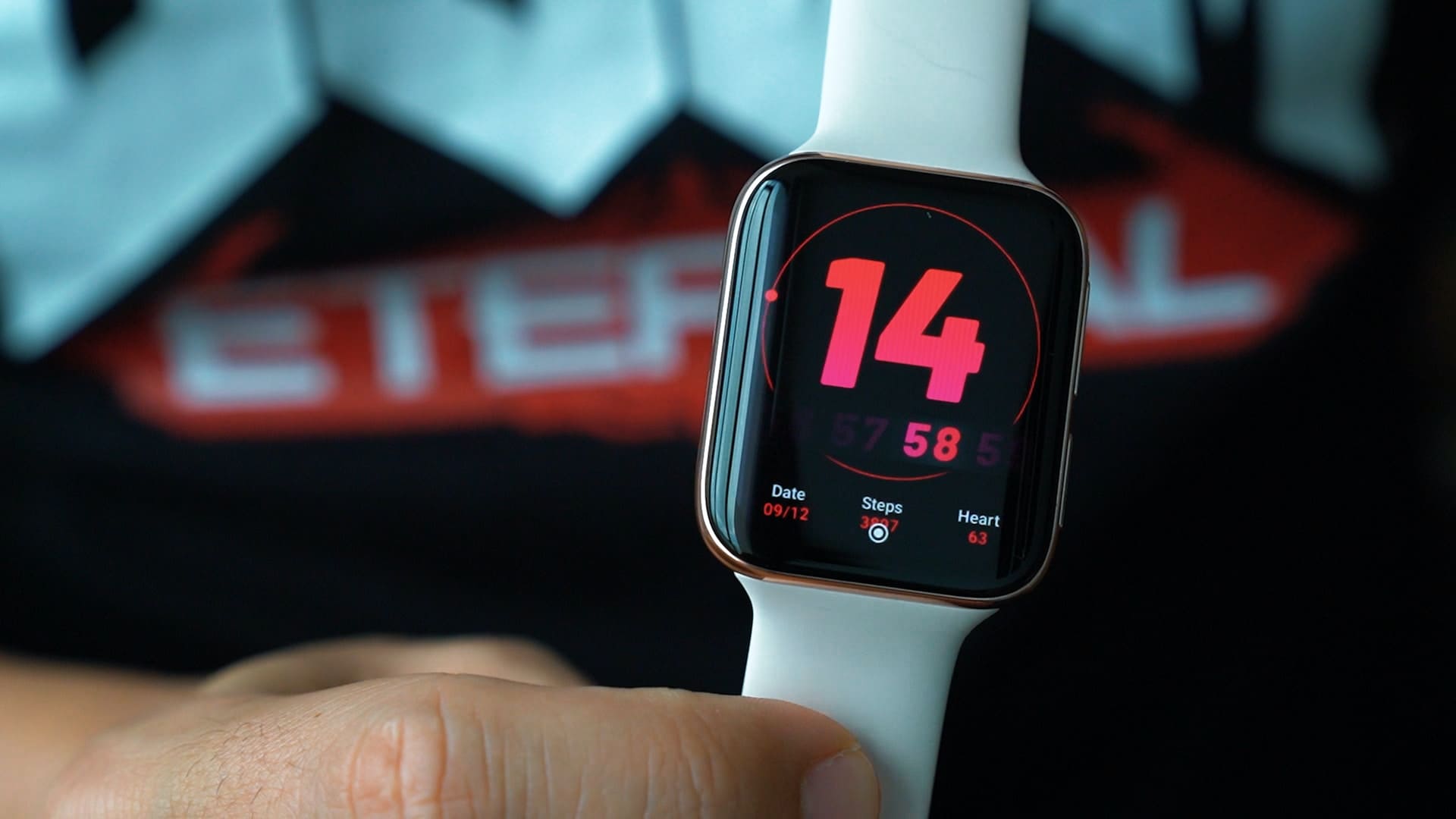
One of the key features of smart glasses is their ability to display information directly in the wearer’s field of view. This can include text, images, videos, and other digital content that appears as if it is floating in front of the user’s eyes. By using sensors and cameras, smart glasses can detect the wearer’s surroundings and overlay relevant and contextually appropriate information onto their field of vision.
Smart glasses have the potential to revolutionize various industries, including healthcare, manufacturing, logistics, and more. In healthcare, surgeons can use smart glasses to access patient information, vital signs, and real-time guidance during surgeries without having to look away from the operating table. Similarly, in manufacturing and logistics, workers can receive hands-free instructions, view schematics, or scan barcodes while keeping their hands free to perform tasks.
Another advantage of smart glasses is their ability to provide navigation assistance. Users can receive turn-by-turn directions, landmarks, and points of interest directly in their field of view, eliminating the need to constantly look at maps or smartphones. This feature can be particularly useful for travelers exploring new cities, outdoor enthusiasts on hiking trails, or professionals navigating unfamiliar locations.
Smart glasses also offer the potential for improved collaboration and remote assistance. By streaming live video from the glasses’ built-in cameras, users can share their field of view with remote colleagues or experts, who can provide guidance and support in real time. This capability can be invaluable in fields such as maintenance, repair, and training, where experts can remotely assist technicians in solving complex problems or conducting inspections.
As technology continues to advance, smart glasses are becoming more stylish, lightweight, and comfortable to wear. Manufacturers are working on designs that resemble regular eyeglasses, allowing users to seamlessly integrate them into their daily routines without drawing excessive attention. This blend of fashion and functionality is crucial for wider adoption and acceptance of smart glasses in mainstream usage.
Smart glasses are wearable devices that provide users with an augmented reality experience by overlaying digital information onto the real world. With their ability to display information, provide navigation assistance, enable remote collaboration, and enhance various industries, smart glasses have the potential to revolutionize the way we interact with the world around us. As technology continues to evolve, we can expect smart glasses to become even more versatile, user-friendly, and integral to our daily lives.
Fitness Trackers Evolve into Health Monitors
Fitness trackers, which have become increasingly popular in recent years, are wearable devices designed to monitor and track physical activity, exercise, and related metrics such as steps taken, calories burned, distance traveled, and heart rate. However, the evolution of wearable technology is taking fitness trackers to the next level, transforming them into comprehensive health monitors.
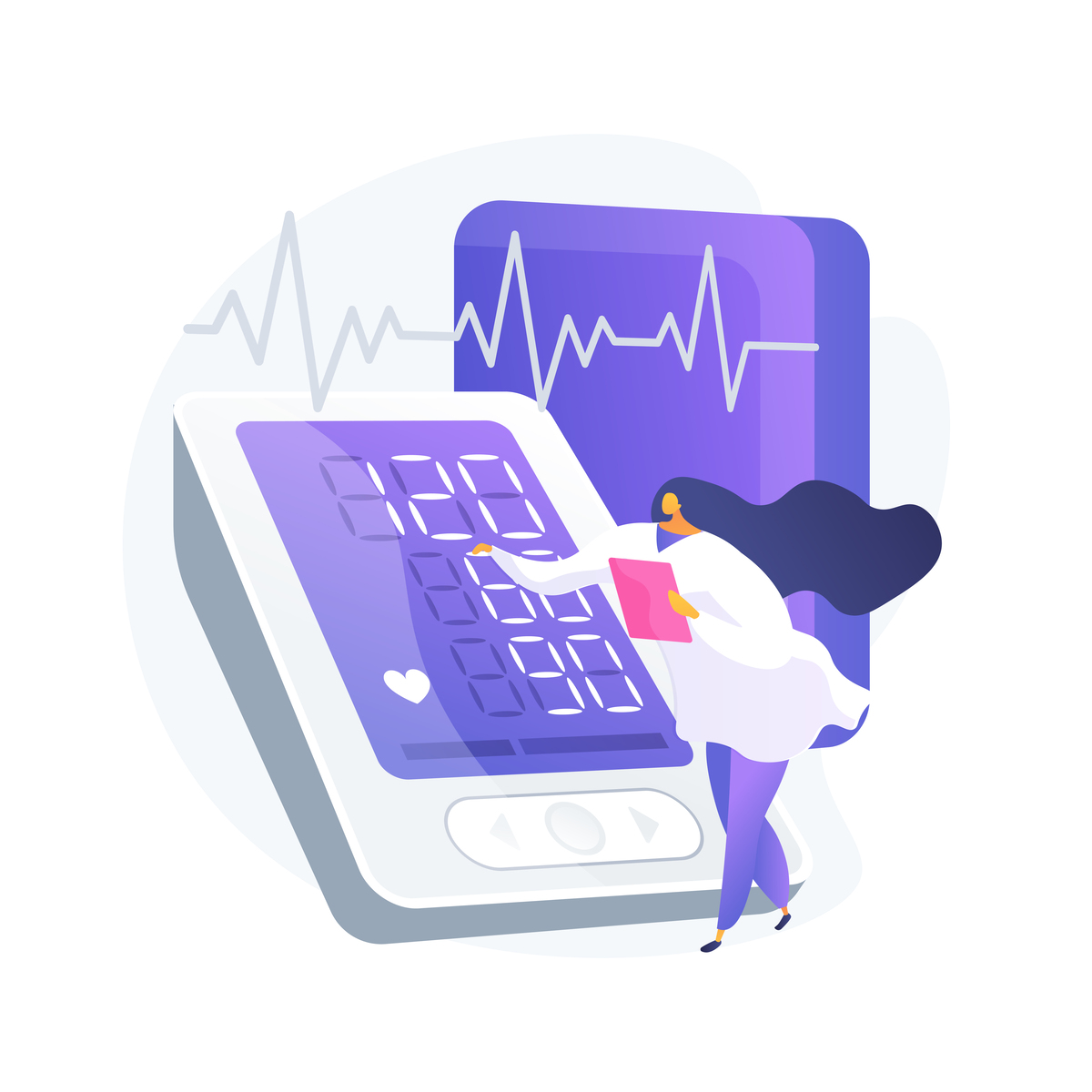
Health monitors, derived from fitness trackers, encompass a broader range of features and capabilities that go beyond fitness-related metrics.
wearable devices
One of the key aspects of health monitors is their ability to track heart rate with greater accuracy and detail. Unlike traditional fitness trackers, which primarily provide resting heart rate data, health monitors incorporate advanced sensors such as optical heart rate sensors or electrocardiogram (ECG) technology. These sensors can measure heart rate variability, detect abnormal heart rhythms, and provide deeper insights into cardiovascular health.
In addition to heart rate monitoring, health monitors can also track and analyze sleep patterns. By wearing the device during sleep, users can gather data on the duration, quality, and different stages of their sleep cycles. This information can help identify patterns, detect sleep disturbances, and provide personalized recommendations for improving sleep quality and overall well-being.
Furthermore, health monitors are expanding their capabilities to include the monitoring of other vital signs and health parameters. For instance, some devices now incorporate blood oxygen saturation (SpO2) sensors, allowing users to measure blood oxygen levels and potentially identify issues like sleep apnea or respiratory conditions.
Another area of advancement in health monitors is the integration of stress monitoring and management features. By combining heart rate variability measurements with algorithms, these devices can assess stress levels and provide insights into stress patterns throughout the day. Users can then leverage this information to practice stress-reducing techniques and improve overall mental well-being.
Moreover, health monitors are evolving into comprehensive activity trackers that can recognize and categorize different types of physical activities automatically. Whether it’s walking, running, cycling, or engaging in specific sports, these devices can provide more accurate and detailed activity data, helping users track their progress, set goals, and tailor their exercise routines accordingly.
With the growing focus on overall health and wellness, health monitors are also incorporating features such as guided breathing exercises, mindfulness prompts, and personalized health recommendations. These devices aim to provide users with actionable insights and guidance to make informed lifestyle choices and promote healthier habits.
The evolution of fitness trackers into health monitors signifies a significant advancement in wearable technology. These devices go beyond basic activity tracking to offer comprehensive health monitoring capabilities, including heart rate analysis, sleep tracking, stress monitoring, and more. With their ability to provide in-depth insights into vital signs and health parameters, health monitors empower users to take a proactive approach to their well-being, make informed decisions, and pursue a healthier lifestyle.
Smart Clothing: Fashion Meets Functionality
Smart clothing represents the convergence of fashion and technology, incorporating electronic components and advanced textiles to enhance functionality and provide unique capabilities. This innovative category of wearable technology aims to seamlessly integrate technology into everyday clothing, making it both fashionable and functional.
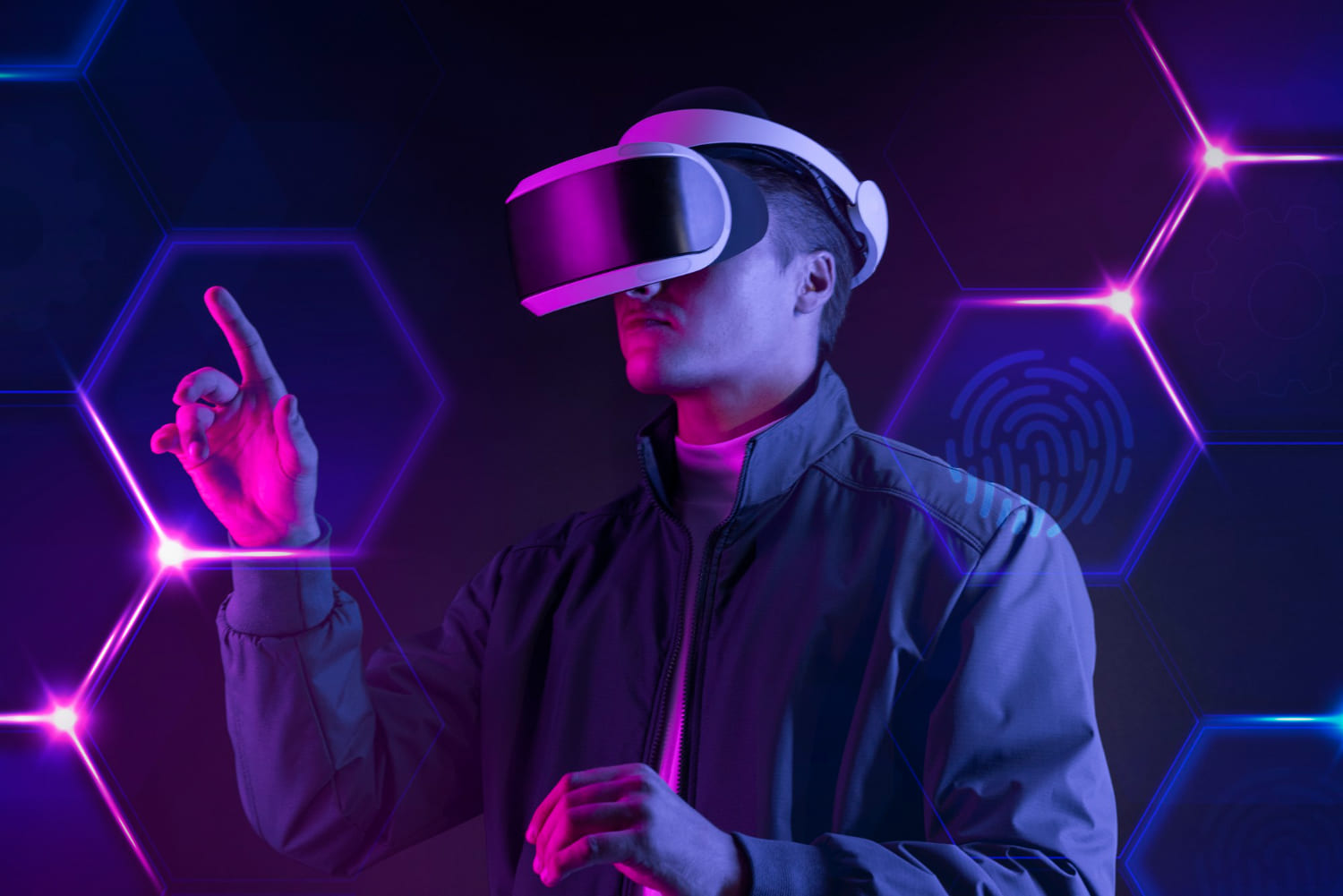
Smart clothing goes beyond traditional textiles by embedding sensors, conductive fabrics, and miniaturized electronics directly into garments. These components can collect and transmit data, respond to stimuli, or perform specific functions, all while maintaining the aesthetics and comfort of regular clothing.
The primary goal of smart clothing is to enhance the wearer’s experience and provide added functionality. For example, smart clothing can monitor various physiological parameters, such as heart rate, body temperature, or respiration rate. These garments can collect real-time data about the wearer’s health and performance, enabling individuals to track their fitness progress, optimize their workouts, or even detect potential health issues.
Another application of smart clothing is in the realm of sports and athletic performance. These garments can incorporate motion sensors or accelerometers to track movement, posture, and biomechanics. Athletes and sports enthusiasts can leverage this data to improve their technique, prevent injuries, or analyze their performance.
Smart clothing can also offer practical features, such as built-in GPS for location tracking or embedded LED lights for increased visibility and safety during nighttime activities. In certain contexts, smart clothing can even provide haptic feedback, offering vibrations or pressure sensations to convey information or alerts.
In addition to health and performance-related functionalities, smart clothing can integrate with other smart devices and the Internet of Things (IoT) ecosystem. For instance, it can connect wirelessly to smartphones or smartwatches, allowing wearers to receive notifications, control music playback, or access other device functions without reaching for their pockets.
Furthermore, smart clothing is not limited to athletic or functional wear. Fashion designers are exploring ways to incorporate technology into everyday garments, creating visually appealing pieces that are both stylish and technologically advanced. This includes the use of programmable LEDs to display patterns or colors that can be changed at the wearer’s discretion, transforming the clothing into a form of personal expression.
As the field of smart clothing continues to evolve, advancements in washability, durability, and comfort are being made to ensure that these garments are practical for everyday use. Technologies like conductive yarns and flexible electronics are enabling the creation of clothing that can be washed, folded, and worn just like traditional garments.
Smart clothing represents the fusion of fashion and technology, offering wearers a wide range of functionalities and capabilities. From health monitoring and sports performance analysis to enhanced connectivity and personal expression, smart clothing is revolutionizing the way we interact with our clothing and the world around us. By seamlessly integrating technology into our wardrobes, smart clothing is transforming fashion into a functional and dynamic experience.
Personalized Experiences through Haptic Feedback
Haptic feedback refers to the use of tactile sensations, such as vibrations, pressure, or touch, to provide users with physical feedback or sensory experiences in response to their interactions with technology. This technology is becoming increasingly prominent in wearable devices, offering personalized experiences and enhancing user engagement.
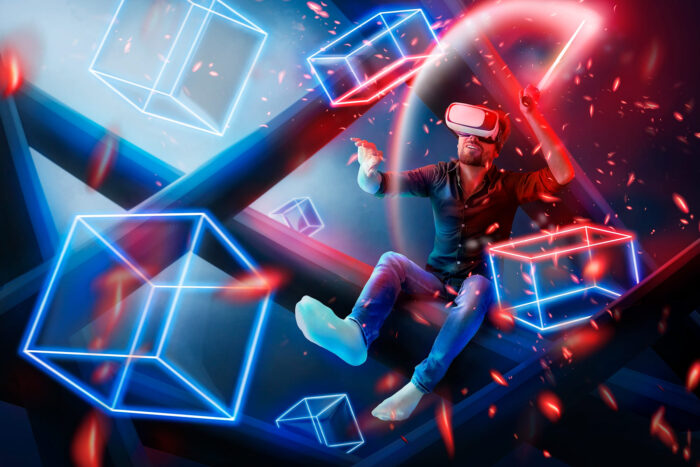
Haptic feedback enables users to receive physical sensations that simulate the sense of touch, creating a more immersive and interactive experience. Wearable devices equipped with haptic feedback technology can deliver subtle vibrations or pressure to specific areas, enhancing the user’s perception and understanding of the digital content or interaction.
One of the primary applications of haptic feedback in wearables is in virtual reality (VR) and augmented reality (AR) environments. VR headsets or gloves, for example, can provide haptic feedback to simulate the sensation of touching virtual objects, adding a new level of realism and immersion to the virtual experience. Users can feel vibrations, textures, or even resistance when interacting with virtual elements, making the experience more engaging and interactive.
Haptic feedback is also utilized in wearable devices such as smartwatches or fitness trackers to provide users with notifications and alerts. Instead of relying solely on visual or auditory cues, haptic feedback can discreetly notify users through vibrations or gentle taps on the wrist. This allows individuals to stay connected and receive important information without the need to constantly check their devices or disrupt their activities.
Moreover, haptic feedback can be employed to enhance user interactions with touchscreens and gesture-based interfaces. Wearable devices can provide tactile feedback in response to certain gestures or actions, providing confirmation or guidance. For instance, a smartwatch may deliver a vibration when a user successfully swipes or taps on its screen, creating a more intuitive and responsive interaction.
In the context of accessibility, haptic feedback plays a crucial role in providing feedback and assistance for individuals with visual impairments. Wearable devices equipped with haptic feedback can convey information through different patterns of vibrations or pressure, allowing users to navigate menus, read texts, or interact with digital interfaces without relying solely on visual cues.
Furthermore, haptic feedback has the potential to enhance gaming experiences by providing physical feedback and creating a more immersive gameplay environment. Wearable devices, such as haptic vests or gloves, can generate vibrations, pressure, or even subtle movements in response to in-game events, creating a more realistic and engaging gaming experience.
Haptic feedback technology in wearables enables personalized experiences by delivering tactile sensations in response to user interactions. Whether it’s in virtual reality environments, notifications and alerts, touchscreens, accessibility features, or gaming experiences, haptic feedback enhances user engagement, provides feedback, and creates a more immersive and interactive interaction with technology. As wearable devices continue to evolve, haptic feedback will play a crucial role in enhancing user experiences and expanding the possibilities of human-computer interaction.
Wearables as Assistive Technology
Wearables as assistive technology refers to the use of wearable devices to support and empower individuals with disabilities, enhancing their independence, accessibility, and overall quality of life. These devices leverage advanced technologies to provide specific functionalities and assistance tailored to the unique needs of individuals with disabilities.
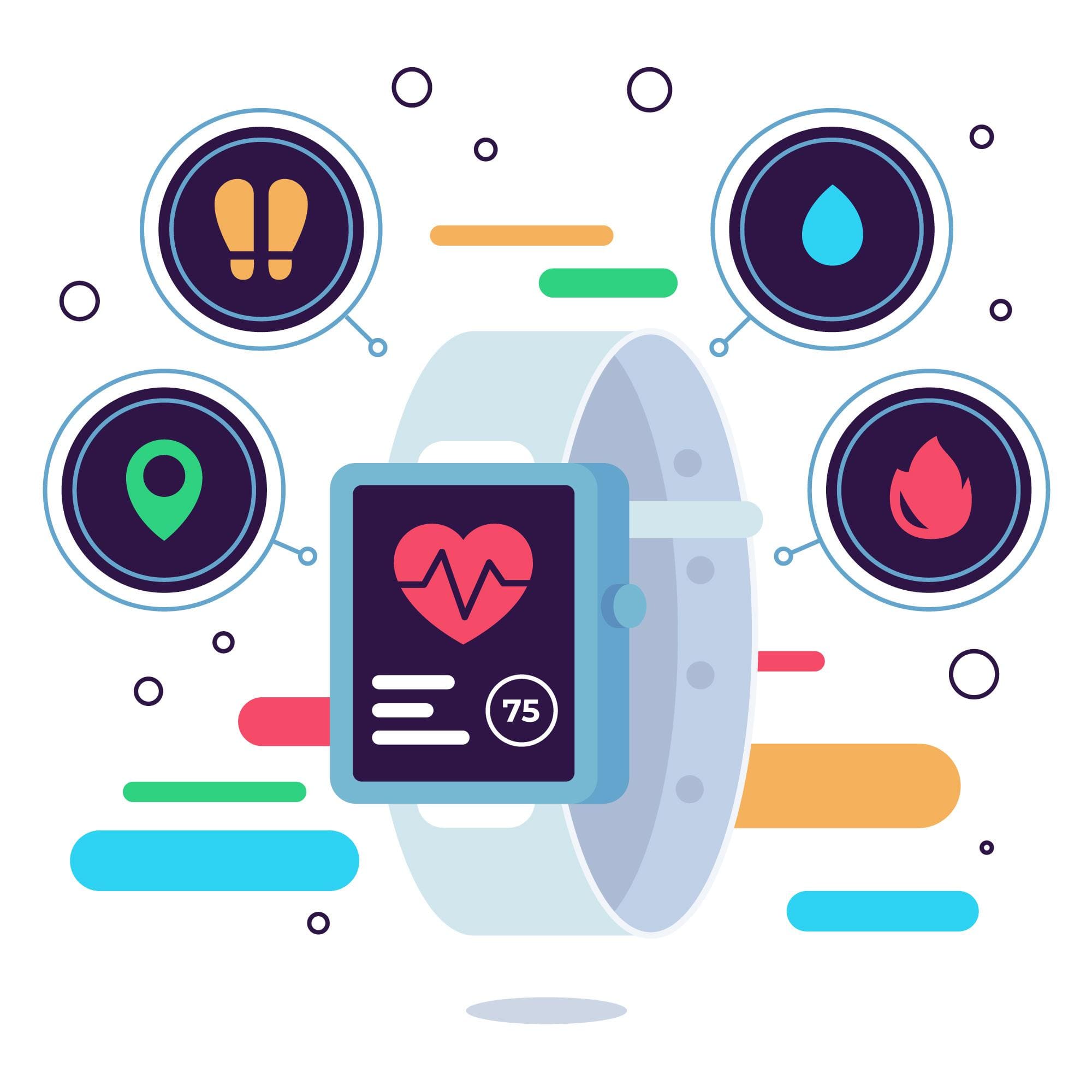
One of the primary applications of wearables as assistive technology is in the field of visual impairments. Smart glasses equipped with cameras and image recognition technology can help individuals with visual impairments navigate their surroundings by providing real-time audio feedback about objects, obstacles, or people in their environment. These devices can also assist with reading printed text by converting it into speech or displaying it in a readable format through built-in displays.
Wearable exoskeletons represent another important category of assistive wearables. These devices are designed to support individuals with mobility impairments, such as those with spinal cord injuries or neuromuscular disorders. Exoskeletons can provide physical assistance by augmenting the user’s strength and mobility, allowing them to walk, stand, or perform daily tasks that would otherwise be challenging or impossible. These wearable devices offer a new level of independence and mobility to individuals with limited mobility.
Wearable devices can also assist individuals with hearing impairments. For example, smartwatches or bracelets equipped with vibration alerts can notify users about important sounds or events in their environment, such as doorbells, alarms, or phone calls. Additionally, wearable devices can connect wirelessly to hearing aids or cochlear implants, providing additional functionality and control for individuals with hearing loss.
In the context of cognitive impairments, wearable devices can help individuals with memory or cognitive challenges to manage their daily routines and tasks. These devices can provide reminders, prompts, or step-by-step instructions through visual or audio cues, helping individuals stay organized, remember appointments, or complete daily activities more independently.
Furthermore, wearables as assistive technology can be utilized in the realm of communication and social interaction. For individuals with speech impairments, wearable devices equipped with sensors or touchscreens can enable alternative communication methods, such as text-to-speech capabilities or gesture recognition. These devices facilitate communication and foster social engagement, allowing individuals to express themselves and interact with others more effectively.
As technology advances, wearables as assistive technology continue to evolve, offering increasingly personalized and tailored solutions. From customized interfaces to adaptive functionalities, these devices are designed to address the specific needs and preferences of individuals with disabilities, promoting inclusivity, independence, and improved quality of life.
Wearables as assistive technology play a vital role in empowering individuals with disabilities by providing tailored solutions to support their specific needs. Whether it’s assisting with mobility, enhancing communication, facilitating navigation, or managing daily tasks, wearables as assistive technology offer a range of functionalities to improve accessibility and promote independence. As these devices continue to advance, we can expect further innovations that will further enhance the lives of individuals with disabilities.
The future of wearable tech is an exciting frontier, offering a wide range of possibilities that will shape our daily lives. From smart glasses to smart clothing, these devices are becoming more intelligent, seamlessly integrating into our routines and unlocking new capabilities. As technology continues to advance, we can look forward to a future where wearables become even more sophisticated, personalized, and integral to our experiences. Whether it’s improving our health, enhancing our productivity, or redefining accessibility, wearable technology is poised to make a significant impact in the years to come.

